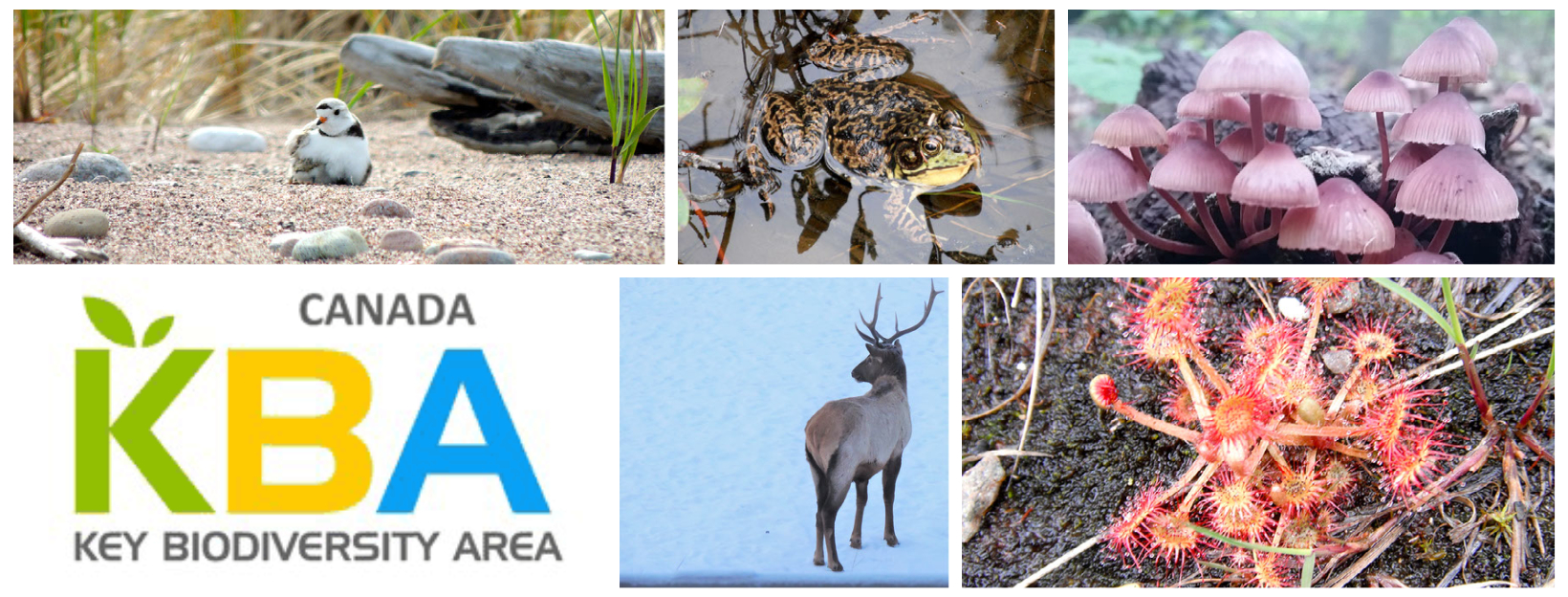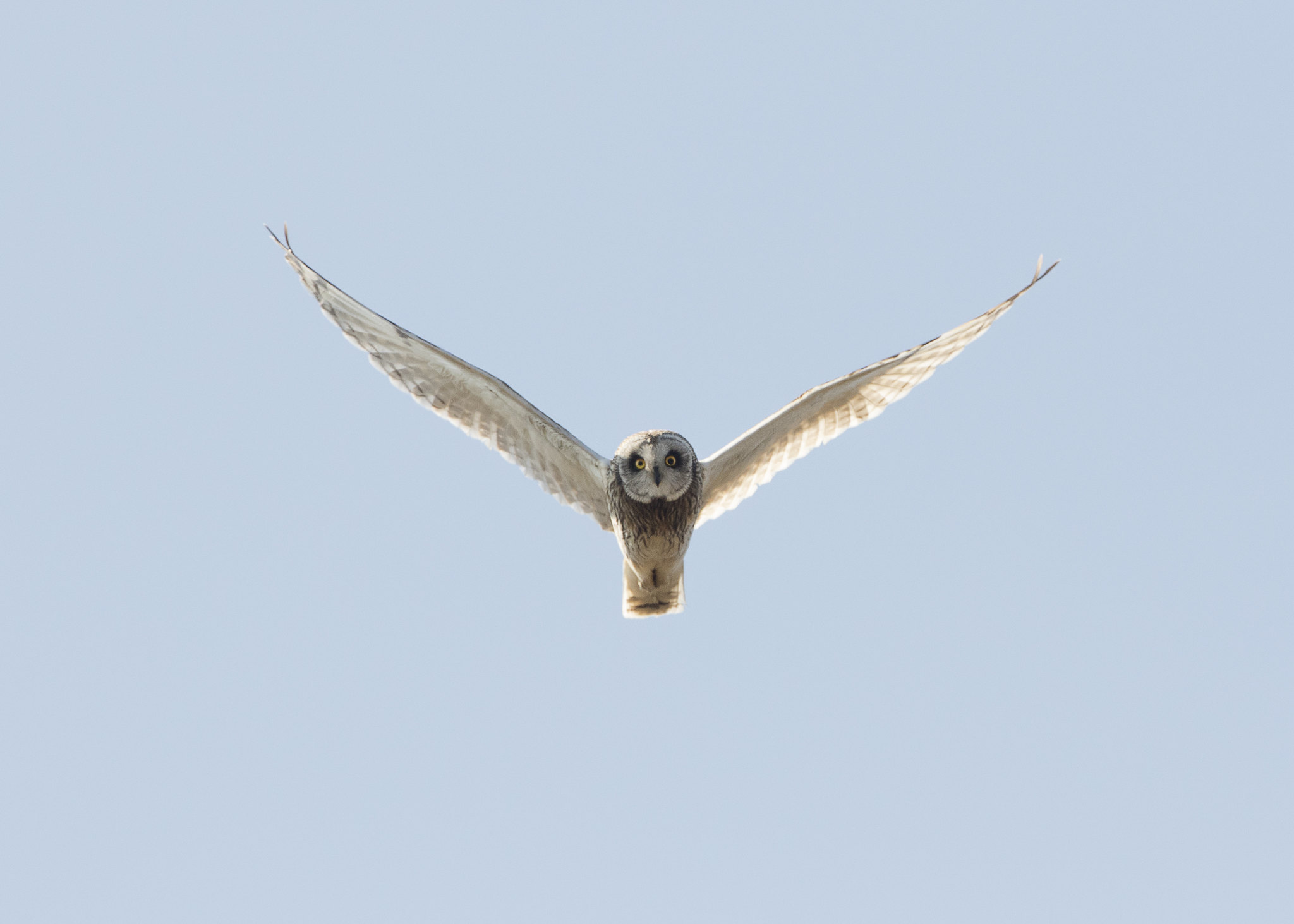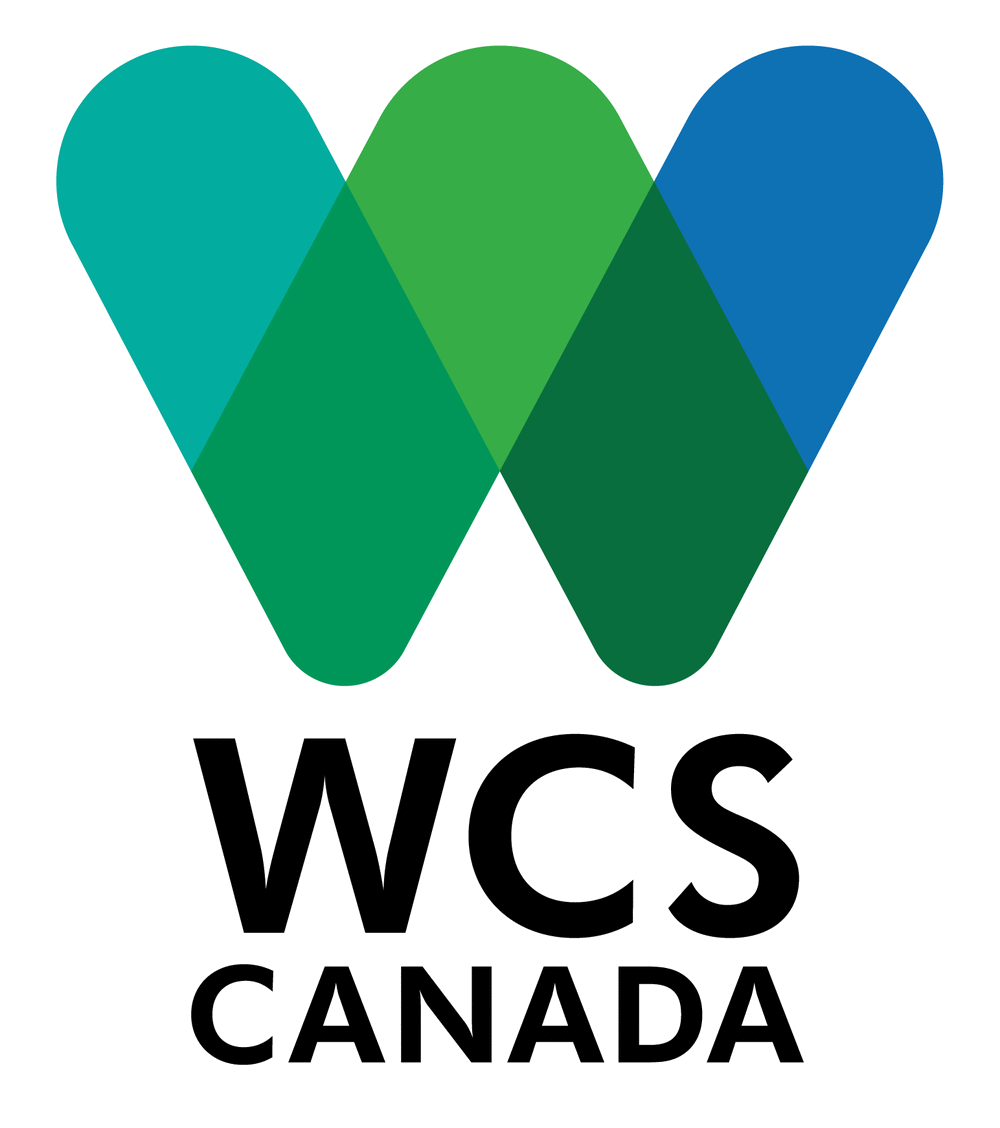
For release: October 3, 2022 (Ottawa, ON)
After decades of surveys, species assessments, and data collection, leading conservation science groups are launching Canada’s Key Biodiversity Areas Program (KBAs). As part of a global effort, the interactive KBA registry and first suite of formally designated sites are being unveiled October 3 at an event at the Canadian Museum of Nature hosted by the KBA Canada Secretariat (Birds Canada, NatureServe Canada, and Wildlife Conservation Society Canada).
Canada is a global leader in identifying Key Biodiversity Areas (or KBAs), which are sites that play a critical role in the persistence of species and ecosystems. KBAs will play an important role in our efforts to halt and reverse biodiversity loss before it’s too late. Remarkably, the rigorous scientific process used to identify KBAs looks at all species groups and ecosystems, so that for the first time ever, all biodiversity is recognized in one comprehensive database.
The urgent call to action to address the ‘twin crises’ of climate change and biodiversity loss is being echoed around the world. In Canada, the federal government, provinces, territories, Indigenous representatives, non-governmental organizations, communities, and stakeholders are collaborating to protect 30% of our lands and oceans by 2030. Canada’s KBAs can help to guide achieving this important goal. Environment and Climate Change Minister of Canada Steven Guilbeault will speak to this “30 x 30” commitment at the October 3rd event.

Short-eared Owl Photo: Brendan Kelly
“As Canada pursues a global target of protecting 30 percent of lands and waters by 2030, we recognize that these biodiversity goals must be more than just numerical targets. Our conservation efforts must also be guided by the quality of the lands. That is why the development of Canada’s national standard for Key Biodiversity Areas, and the associated website and registry, are so important. Congratulations on your collective efforts. Together, we are recognizing Key Biodiversity Areas with all levels of government and a multitude of stakeholders and knowledge holders, including involvement from Indigenous groups across the country. This is an extremely useful source of information for future conservation efforts in Canada.”
– The Honourable Steven Guilbeault, Minister of Environment and Climate Change
“Right now, Canada is preparing to host COP 15 this December, under the presidency of China. As a global leader in identifying key biodiversity areas, Canada has a lot to bring to the table. This new program, Canada’s Key Biodiversity Areas Program, and especially the ongoing stakeholder collaboration with government land owners, Indigenous peoples and local communities, and others, will be integral to Canada’s continued work in halting and reversing biodiversity loss.”
– David Cooper, Deputy Executive Secretary, Secretariat of the Convention on Biological Diversity
“In December, 2022, thousands from around the world will gather in Montreal for COP15, the UN Biodiversity Summit, and all eyes will be on Canada. The world’s Key Biodiversity Areas provide an exceptional opportunity to gain much needed momentum in our to efforts to halt and reverse biodiversity loss. Identifying and targeting these critical sites for nature will guide decision-makers in setting priorities for ecosystem protection.”
– Patrick Nadeau, President & CEO, Birds Canada.
“KBAS are exciting not just because they will help us answer the question of ‘what must we save,’ but also because they help highlight the incredible nature we can experience close to our homes. KBAs serve as hubs for nature conservation in communities and give opportunities for people in Canada to discover, connect, and benefit from nature.”
– Patrick Henry, Executive Director, NatureServe Canada
“Conservation can only happen when people value nature. KBAs point us to the most critical places for nature, but what we do is up to all of us. From land use planning to Indigenous-led conservation efforts to community-based caretaker programs – KBAs provide a compass for conservation to ensure we are protecting the most important places for future generations. ”
– Justina Ray, President and Senior Scientist, Wildlife Conservation Society Canada.
A short video about KBAs can be viewed at https://youtu.be/lZb7luoWoDg.
Visit KBACanada.org to explore Canada’s Key Biodiversity Areas and join efforts to help conserve Canada’s most critical places for nature!
Media contacts:
Ruth Friendship-Keller, Director, Communications
514-603-4452
rfriendshipkeller@birdscanada.org
NatureServe Canada
Patrick Henry, Executive Director
613-986-1535
phenry@natureserve.ca
Wildlife Conservation Society Canada
Lynsey Grosfield, Conservation Communications Lead
514 430 5203
canadamedia@wcs.org
About the KBA Canada Secretariat:
The KBA Canada Secretariat is comprised of three organizations with lead responsibility for identifying and supporting KBAs in Canada: Birds Canada, Wildlife Society of Canada, and NatureServe Canada. The Secretariat facilitates a wider coalition of organizations (government and non-government) and individuals who support the development of KBAs as a tool to conserve biodiversity in Canada.

Birds Canada
Birds Canada is the country’s only national organization dedicated to bird science and conservation. Every day, our thousands of caring donors, 100+ passionate staff, and 74,000+ outstanding volunteers are taking action to help us better understand, appreciate, and conserve birds and their habitats. Together, we are Canada’s voice for birds.

NatureServe Canada
NatureServe Canada is a registered charity that functions as a network of provincial and territorial Conservation Data Centres (CDCs) to develop, manage and distribute authoritative information critical to the conservation of Canada’s biodiversity. We are members of the international NatureServe Network that employs a standardized scientific methodology to permit cross-border analyses and conservation initiatives.

Wildlife Conservation Society Canada
Wildlife Conservation Society (WCS) Canada saves wildlife and wild places through science, conservation action, education, and by inspiring people to value nature. We envision a world where wildlife thrives in healthy lands and waters, valued by all cultures that embrace and benefit from the beauty, diversity, and integrity of life on Earth.
WCS Canada plays a unique role in conservation in Canada. We work at the nexus of biodiversity, climate change, and wildlife health in priority landscapes and seascapes where there is high potential for durable conservation gains. Rooted in science, our efforts include a unique blend of on-the-ground field research and programs that work with local and Indigenous communities to protect priority places and species that operate alongside a national program that influences conservation policy and practice across Canada and supports global efforts to conserve nature.

